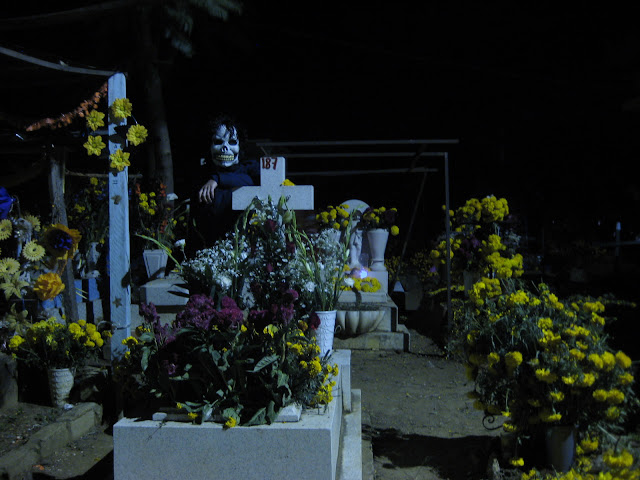On the one hand the Zen master: he wants for nothing, wills nothing and takes nothing. He is actionless, has made no-thing into the only thing he needs, and is always content. For him each moment is the best moment: in one arresting parable, a strawberry is equally delicious eaten in a palace or eaten while plunging to his doom. On the other hand the Renaissance man says yes to life, his aspirations and determination know no bounds. He is all-sided, entering with intensity and action all life around him, sensitive, dignified, a lover of beauty and a pursuer of the perfect. Such is his aim to fulfil himself and engage with life that he truly believes that man can do all things if they will.
Where can these two poles interact? Both love the world. The Zen master loves what is: without judgement, his love comes through acknowledgement, of the immeasurable depth, space and energy which courses through him irrespective of life situations. The Renaissance man loves what the world represents: possibility, breadth and expansion. He is an eternal optimist, judging each thing, absorbing what is good and seeking to alter what is not. Both act from within, driven internally by an unending thread of certainty. One is water, who contours to what is presented to him, shapeless and yet indestructible. From his core emanates acceptance. The other is a forge, who takes what exists and manipulates it until it fulfils his definition of beauty. He is driven by integrity and self-belief.
Which are you? To whom should you aspire? Perhaps it is a question of ability. One could say that there are two types of people. Those who can achieve all they desire should not compromise in the unwavering pursuit of fulfilling their will. Conversely those whose vision is not matched by their determination or by ability or life situation, whose will is destined to be unfulfilled, should adopt a position of zen-like resignation. The latter must be merely happy with what is, the former can aspire to what could be.
This is the dangerous old analogue mistake of dividing the world into doers and not doers, affirmative and negative, on and off. Really these two poles should be seen as simultaneous, as by-products of a different and universal condition: the obligation to act from within; to have both self-belief and acceptance; the integrity to act and the integrity to yield. If the Renaissance man is active and strong but lives in a perpetual state of becoming instead of being, so that fulfilment is always one more achievement away, he will never live well. He however who can do out of love, but also love that which is not done, is always in communion with all that life is.
We may think of each person as being like a spinning wheel in motion. We have an external part, a rim, an outer level which is always in contact with the ground, the face which engages physically with the world. This moving part could be a wheel of fortune over which we have no control, or it could be our actions, our will manifested as movement. But we also have a hub, an internal fixed point. While moving physically through space inside the wheel, itself it stays motionless while all around it whirrs. This point does not move but allows movement, it is the fundamental into which everything is anchored, it is the stillness within. The Zen master lives having seen only the stillness of the static core and aspiring to that state; the Renaissance man sees just that the wheel goes round and aspires to become the dynamic edge.
We are profoundly each of us both an internal peace and an external restlessness, a static core and a dynamic face. Ultimately we must aspire towards both states, to have an outer purpose which orbits around a nucleus of integrity. But the hub, the crux, must be prior: there cannot be good external movement without internal stillness, as a wheel’s rotation will not be true around an insecure hub.
Monday, 13 July 2009
Subscribe to:
Post Comments (Atom)




No comments:
Post a Comment